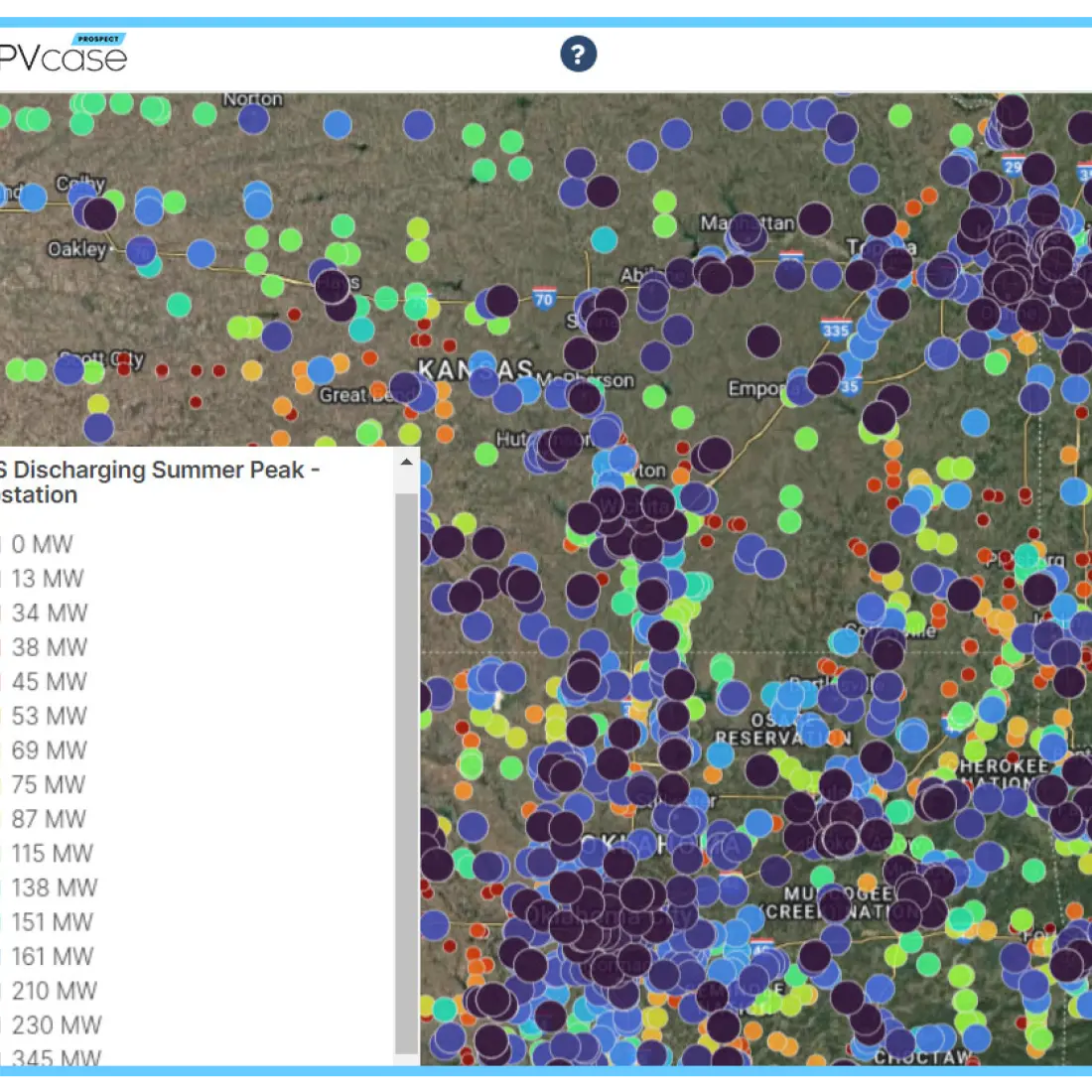Capacity Iteration webinar FAQ — what you need to know about our new feature


Thank you for participating in our recent PVcase Ground Mount webinar on Capacity Iterations.
We want to make sure we addressed all of the questions that arose, and have gathered participants' most frequent questions to be answered by Sophie Nguyen, our Senior Technical Support Engineer, and Redas Smigelskas, our Technical Sales Manager.
Can Yield have a single layout with multiple module types?
Yes, you can have a single layout with multiple module types and vary as much as you want in different ways (for example, have a single layout with various modules, a single inverter, and multiple layouts). So, whatever you need is customizable.
Can we export the capacity iteration results as a table, CSV, or Excel file?
For now, no, but that might be something for us to investigate. Since that feature is relatively new, currently, we are looking for feedback on how it can be improved. So that also might be a good idea to consider.
Do we need a Yield add-on to benefit from the new tool?
Yield is a separate product not included in PVcase Ground Mount, so you must purchase it separately. PVcase Ground Mount only has the function to export to PVcase Yield, while Yield can only be accessed via a browser.
However, the software can be accessed separately through the cloud. You can open the PVcase website, input your credentials, and open the relevant window.
Can multiple layouts be saved in DWG?
Yes, you can save those multiple layouts in DWG. So you will have all those iteration variants, and you can regenerate every one of those and then come back to one or the other.
When you click the generate button to have a layout appear, can you edit the layout a bit? And will that update the capacity iteration table?
No, it doesn’t save manual changes to the iteration table. However, we are considering investigating this possibility in the future.
What would happen if you iterate pitch between an interval that exceeds a limited interval in Frame And Park settings?
If it exceeds, it cannot space more than we defined in the Frame And Park settings. Capacity iteration is tied to the Frame And Park settings. So, these settings overrule the capacity iteration. This is why you should consider using the shade limit angle so that the software can change those distances by itself as per your location, date, and time.
So it will not go above; it will do the iteration, but it will be all the same as the amount of modules capacity.
Should I generate the area and do the capacity iteration in the new update?
You can do either. Generating the area first is not required.
Can we export the layout to PVsyst?
Yes, you can. Import to PVsyst works the same way as a regular generation.
Can I generate a layout with varying row spacing using the new capacity iteration?
Unfortunately, we have no row spacing at the moment, just a pitch-and-tilt function for now.
Can the tool iterate multiple areas with one project simultaneously while retaining the area-specific settings (such as corridor settings and alignment line location)?
Yes, you can iterate multiple areas at the same time.
Is there a limit to the amount of generations you can generate?
You can iterate up to 100 layouts at a time.
Still not using our products? Schedule a demo.